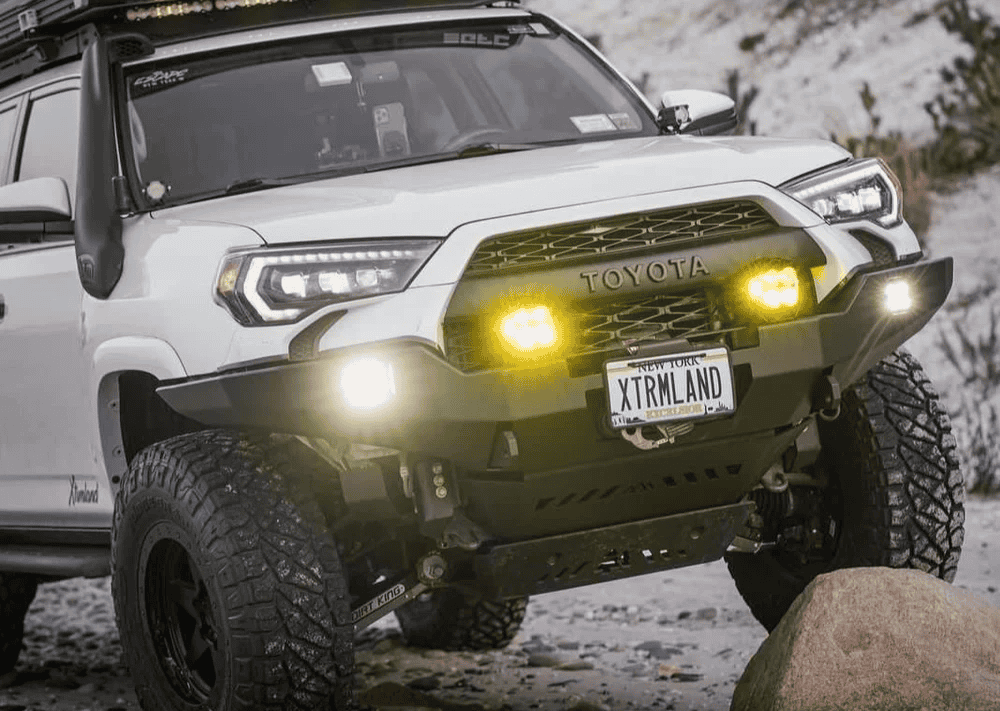Overland Vehicles

High end overland design starts with clear intent. Every choice must serve range, safety, comfort, and serviceability. The best builds behave like well organized field labs, where systems are accessible, labeled, and rugged enough for corrugations and temperature swings. Good design reads the terrain before the tires ever move.
At the foundation is packaging. Place weight low and between the axles, and keep heavy items centered to protect handling. Storage that locks, latches, and rides quietly matters as much as cargo volume. Use vibration resistant fasteners and corrosion resistant hardware, and spec materials that shrug off water, dust, and ultraviolet exposure.
Thermal and acoustic control elevate the experience. Combine targeted sound damping on large panels with closed cell insulation to reduce drone and retain conditioned air. Seal edges, isolate thermal bridges, and promote cross ventilation. In extreme climates, airflow management and reflective barriers can mean the difference between comfort and fatigue.
Power systems are the heartbeat. High end designs model loads first, then size batteries, solar, and alternator charging to match. Lithium chemistry saves weight and increases usable capacity, but only with a smart battery management system and proper enclosure. Prioritize fused distribution, shunt based monitoring, tidy service loops, and labeled conductors for field troubleshooting.
Water is both payload and life support. Treat it as a protected system with food grade lines, accessible filters, and a drain plan for winter. Keep hot water simple and safe, and proof every connection against vibration. A redundant manual method to move or purify water can save a trip.
Food, heat, and air must be reliable. Ventilation should evacuate steam and fumes as efficiently as it brings in fresh air. Cooking surfaces need clearance, shielding, and dedicated storage for fuel. Heating and cooling solutions should be designed with fresh air intake, condensate routes, and clear service access.
Start with a platform that fits your travel radius, payload needs, and parts availability. Wheelbase, roof height, and suspension geometry guide layout. Walk through daily routines to place sleeping, cooking, and gear zones where they function without contortion or constant reconfiguration.
High end does not mean complex for the sake of complexity. Build in panels that remove with simple tools, quick disconnects on critical lines, and standardized fasteners. Modularity lets you evolve the rig without tearing it down.
Design in safe jacking points, recovery rated anchors, and a secure home for straps, shackles, and traction boards. Fire suppression, first aid access, and hard mounted extinguishers are non negotiable. Reliable comms and navigation live where they can be used without distraction.
Materials should be selected for the environment they will see. Marine plywoods, sealed edges, hard wearing laminates, and powder coated metals stand up to grit and moisture. Use joinery and fasteners that will not loosen with miles of washboard. Hinges, slides, and latches should be rated for the load and used within spec.
Ergonomics separate a good build from a great one. Counter height, reach distance, step depth, and sight lines all influence fatigue. Soft closing storage reduces noise and stress. Light placement should support night tasks without killing night vision. Add red task lighting and dimmable zones so the cabin can shift from work mode to rest.
Weight management is a continuous discipline. Catalog every addition, subtract when possible, and confirm axle loads on a scale. Suspension upgrades should balance ride quality and control with the added mass, and tires must match the real loaded weight and terrain.
As planning narrows to execution, documentation is a design tool. System maps, part numbers, and maintenance intervals travel with the rig. The best builds include a small spares kit and the knowledge of how to use it.
If you want a capable rig built around the principles above, professional execution brings the plan to life. Explore Overland rigs by OZK Customs to see how platform, layout, and systems come together with intention. When you are ready to specify materials, electrical architecture, and storage, a custom overland upfit turns a concept into a trail proven setup.
Choosing a team that listens, engineers, and tests makes ownership easier. Learn what sets our approach apart, from layout reviews to handoff support, at why choose OZK Customs. Bring your use case, we will translate it into a rig that drives quietly, works cleanly, and handles the wild without drama.
You know the design pillars. You have a sense of the tradeoffs. Share your travel style and wish list, and we will map out a build that balances power, water, storage, and comfort for real world use. Submit your details and let us craft a refined, reliable overland platform that feels right on day one and even better on day one hundred.
Ready to translate your plan into a road proven build? Share your goals, timeline, and must haves. OZK Customs will spec, engineer, and deliver a refined overland rig that performs where it matters: on the trail and off the grid.
ADDRESS:
6159 E Huntsville Rd, Fayetteville, AR 72701
PHONE:
(479) 326-9200
EMAIL:
info@ozkvans.com